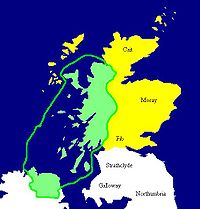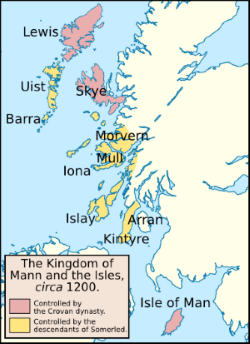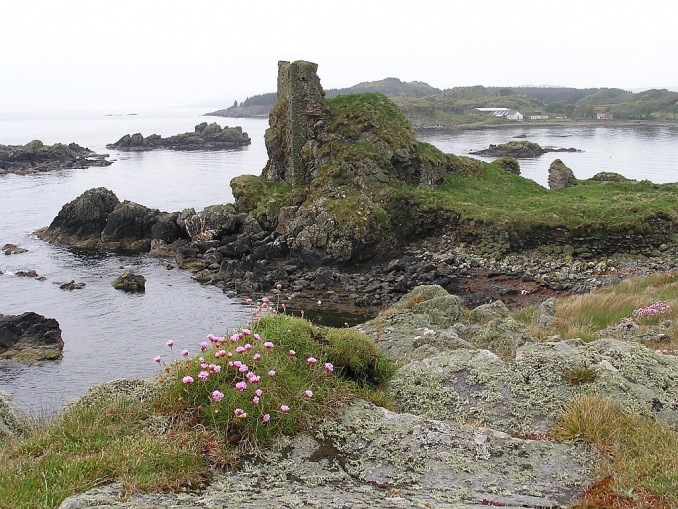Dunyvaig Castle in Scotland reveals rare artefact hidden for 400 years
Archaeologists have uncovered a remarkable and rare historical artefact from Dunyvaig Castle (Scottish Gaelic: Dùn Naomhaig) in Scotland. The seal of Sir John Campbell of Cawdor (c. 1576-1642), who had taken ownership of Islay in 1615, was discovered by an undergraduate working on an excavation on the site. The seal would have once been used to sign and seal charters and legal documents. It had lain hidden within the castle for more than 400 years, buried under rubble from the collapsed defensive wall. It is described as a circular disc of lead, with the inscription IOANNIS CAMPBELL DE CALDER. It has the Cawdor coat of arms with a galley-ship and a stag. On its reverse, is the date of 1593 and the initials DM.
Dunyvaig Castle is located next to Lagaluvin Bay in the south of the Scottish island of Islay in the Inner Hebrides (Na h-Eileanan a-staigh). The Castle is one of the most important historic sites on Islay. It was once the naval fortress of the Lords of the Isles, the chiefs of the Clan MacDonald. However, the current remains of the castle are predominately 16th century, but its foundations are much earlier and it is thought to have been constructed on top of a prehistoric dun or fort. The Castle has a turbulent history and subject to a series of seiges and bombardments between the Campbells and MacDonalds who fought over Dunyvaig in the early 17th century.
The island of Islay is rich in ancient history, with considerable evidence of prehistoric settlement. The island had become part of the Gaelic Kingdom of Dál Riata during the Early Middle Ages. Dál Riata was said to have been founded in the 5th century and encompassed parts of western Scotland and northeastern Ulster in Ireland. At its height it had extended its range of power from Orkney to the Isle of Man. From the 9th Century much of Dál Riata was absorbed into the Norse-Gael Kingdom of Mann and the Isles.








